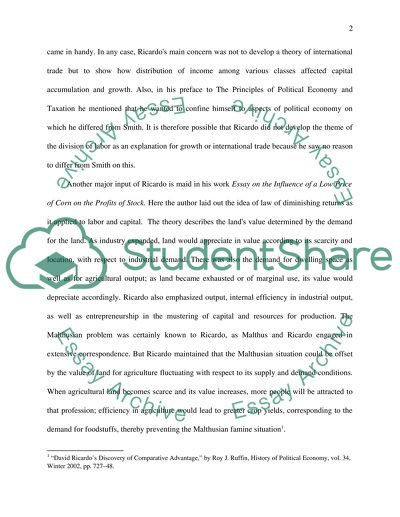Cite this document
(“International Economics: The Major Differences between Adam Smiths and Term Paper”, n.d.)
International Economics: The Major Differences between Adam Smiths and Term Paper. Retrieved from https://studentshare.org/macro-microeconomics/1529513-international-economics-master-essay
International Economics: The Major Differences between Adam Smiths and Term Paper. Retrieved from https://studentshare.org/macro-microeconomics/1529513-international-economics-master-essay
(International Economics: The Major Differences Between Adam Smiths and Term Paper)
International Economics: The Major Differences Between Adam Smiths and Term Paper. https://studentshare.org/macro-microeconomics/1529513-international-economics-master-essay.
International Economics: The Major Differences Between Adam Smiths and Term Paper. https://studentshare.org/macro-microeconomics/1529513-international-economics-master-essay.
“International Economics: The Major Differences Between Adam Smiths and Term Paper”, n.d. https://studentshare.org/macro-microeconomics/1529513-international-economics-master-essay.


